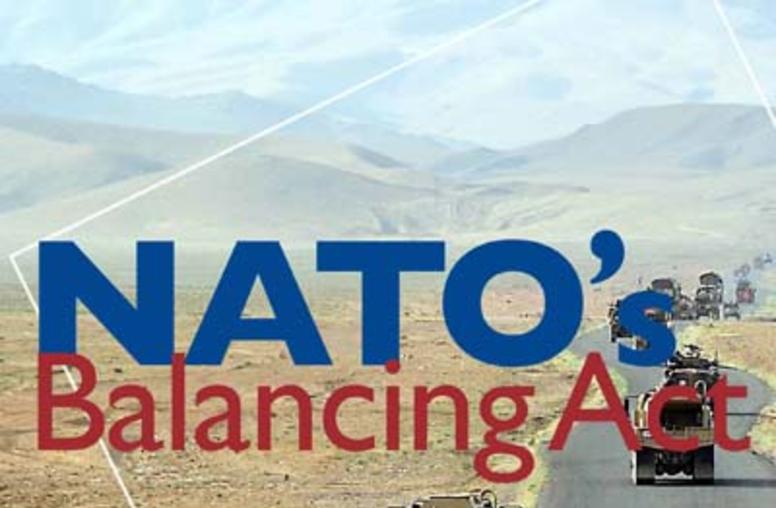Dynamics of Radicalization and Violent Extremism in Kosovo
Relying in large part on primary empirical evidence, this report explores the dynamics of violent extremism in Kosovo and the disproportionately high number of radicalized fighters from the region in Syria and Iraq. Examining the historic, cultural, geopolitical, and socioeconomic factors behind the phenomenon, it focuses on the flow as a symptom of a larger religious militancy problem within the country and offers recommendations on countering that challenge.
Summary
- Kosovo, a country with no prior history of religious militancy, has become a prime source of foreign fighters in the Iraqi and Syrian conflict theater relative to population size.
- About three in four Kosovan adults known to have traveled to Syria and Iraq since 2012 were between seventeen and thirty years old at the time of their departure. By mid-2016, about 37 percent had returned.
- The vast majority of these known foreign fighters have moderate formal education. In comparative terms, this rate appears to be superior to the reported national rate. Two-thirds live in average or above-average economic circumstances.
- Five municipalities—four of which are near Kosovo’s Macedonian border—judging from their disproportionately high recruitment and mobilization rate, appear particularly vulnerable to violent extremism. More than one-third of the Kosovan male combatants originate from these municipalities, which account for only 14 percent of the country’s population.
- Long-term and targeted radicalization, recruitment, and mobilization efforts by foreign-funded extremist networks have been primarily active in southern Kosovo and northwestern Macedonia for more than fifteen years. These networks have often been headed by local alumnae of Middle Eastern religious institutions involved in spreading an ultra-conservative form of Islam infused with a political agenda.
- Despite substantial improvements in the country’s sociopolitical reality and living conditions since the 1998–1999 Kosovo War, chronic vulnerabilities have contributed to an environment conducive to radicalization.
- Frustrated expectations, the growing role of political Islam as a core part of identity in some social circles, and group dynamics appear to be the telling drivers of radicalization, recruitment, and mobilization in Kosovo.
About the Report
This Special Report explores the dynamics of radicalization and violent extremism in Kosovo with a special focus on the flow of foreign fighters to Syria and Iraq as the most prominent symptom of a multifaceted religious militancy problem facing the country and the region of the Western Balkans. Part of a larger effort by the United States Institute of Peace (USIP) focused on understanding violent extremism in the Western Balkans and developing tailored and viable responses to prevent and counter it, the report relies heavily on empirical evidence collected by the author over an extensive period as well as on official data provided by Kosovan law enforcement authorities.
About the Author
Adrian Shtuni is a senior foreign policy and security analyst with a regional focus on the Western Balkans and the eastern Mediterranean. He consults on countering violent extremism (CVE), counterterrorism, political risk, irregular migration, and other transnational threats. He also designs and implements CVE trainings and programs, and regularly presents at national and international conferences, summits, and symposiums. He acknowledges the invaluable input and review by Georgia Holmer, director of CVE at USIP. He further wishes to thank the Kosovo Police Counterterrorism Directorate for providing access to demographic data of foreign fighters.



